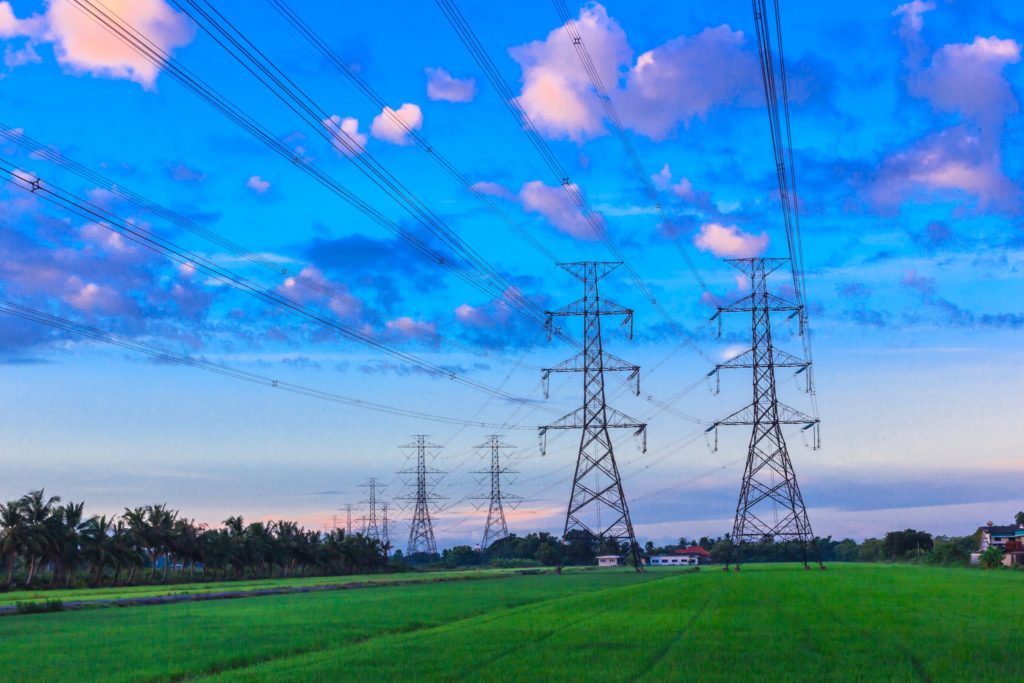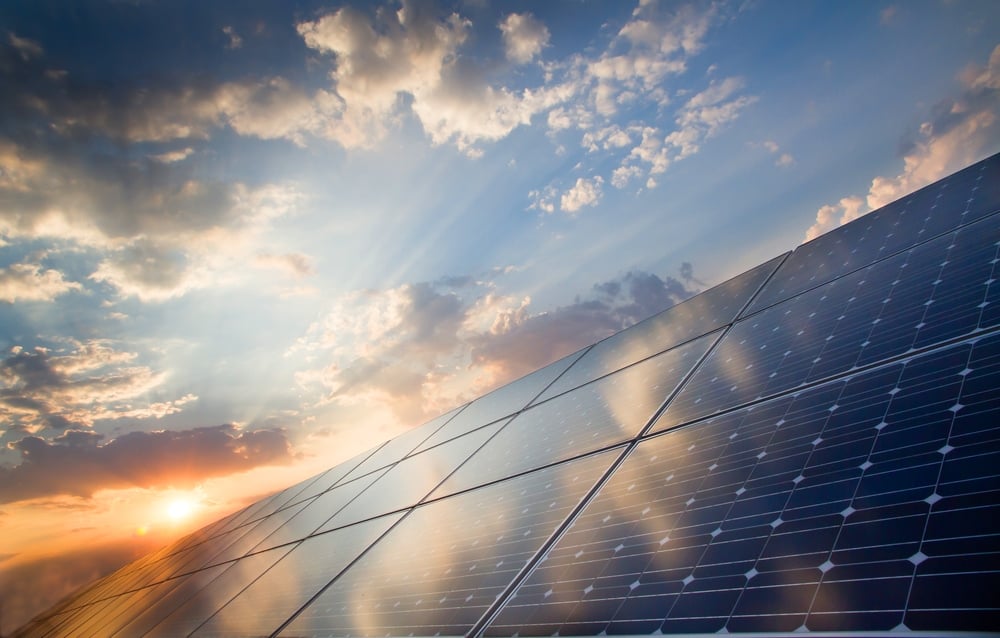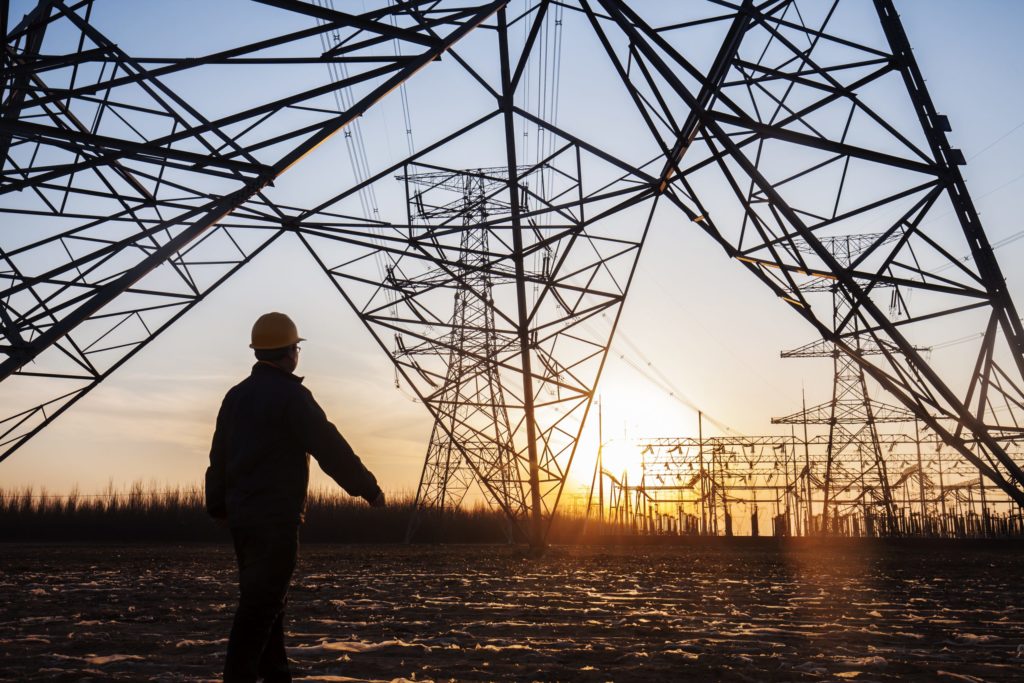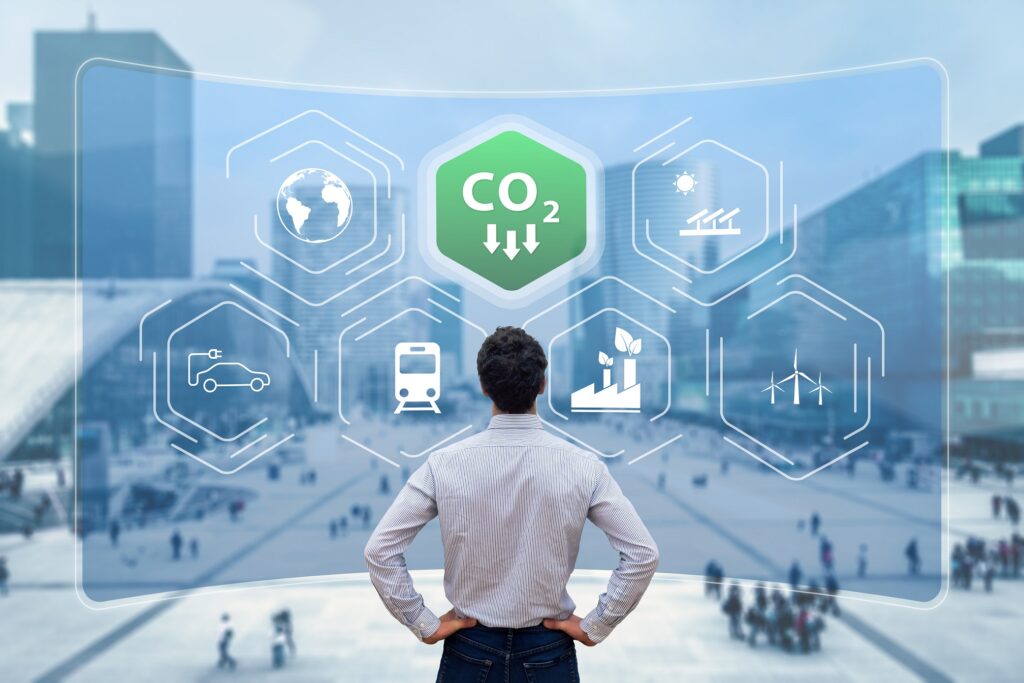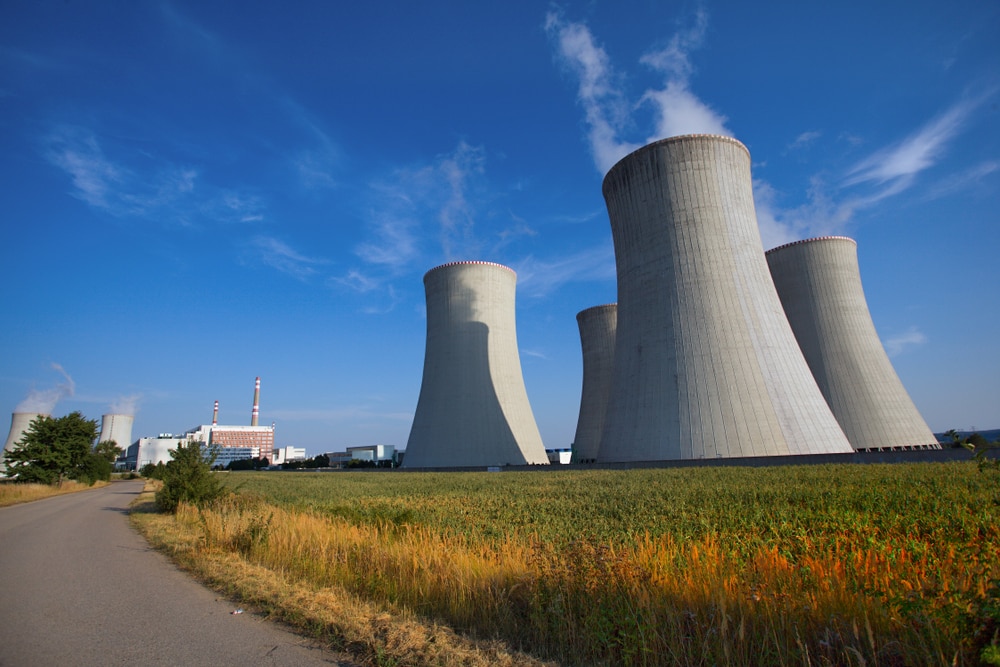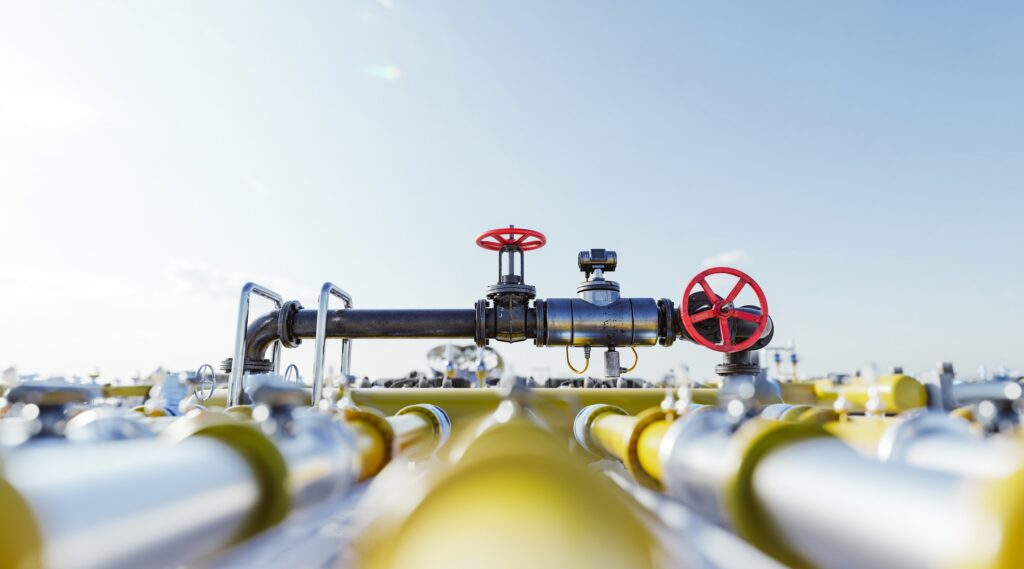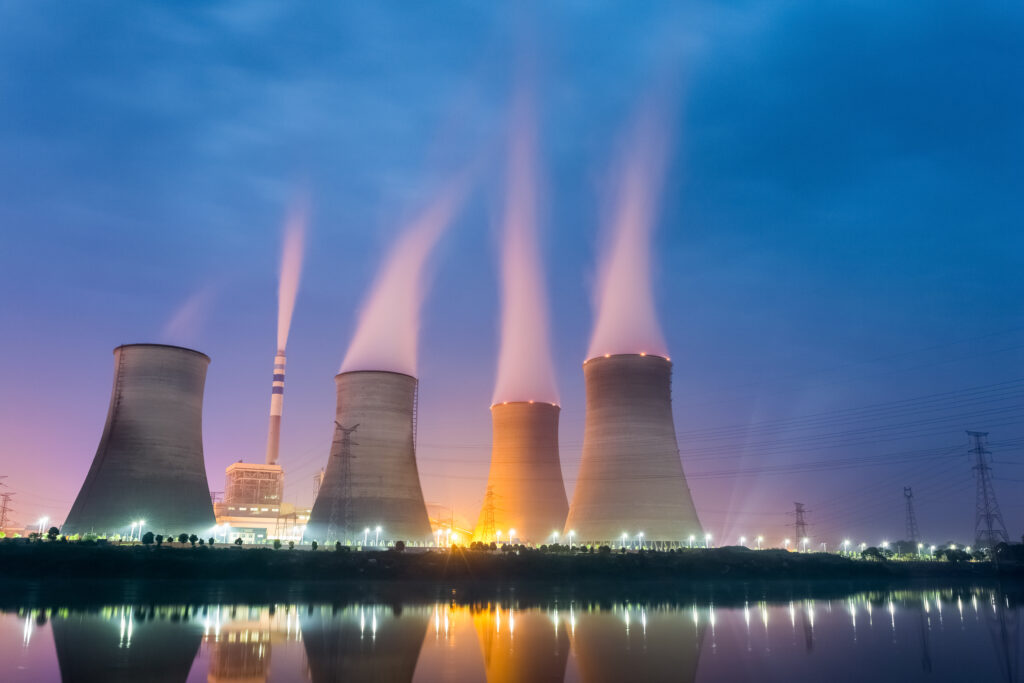Low-Energy Fridays: “So you’re telling me there’s a chance?” EPA Edition
The Biden administration is making waves with a proposed rule that would supposedly require that electric vehicles (EVs) constitute two thirds of new vehicles sold in the United States by 2032. The strategy is that since the federal government regulates car tailpipe emissions through the Corporate Average Fuel Economy (CAFE) standards, regulators can set standards to be below what is feasible for combustion engine vehicles. The thinking is that, as a result, there will be a regulation that effectively requires consumers to buy EVs. But to the chagrin of the regulators, they don’t legally have this much power, and if the regulation is finalized, it would almost certainly be shot down in the courts.
The idea that regulators can de facto impose new laws by stretching the interpretation of legal authority Congress has granted them is not new. This tactic was tried during the Obama administration via the Clean Power Plan (CPP). Under the CPP, the Environmental Protection Agency (EPA) figured they could effectively ban coal plants by setting emission standards for power plants that would be impossible for coal plants to comply with. Not long after the rule was finalized, the Supreme Court of the United States (SCOTUS) made the unprecedented move to stay the rule before it was reviewed by an appeals court, which was an all-but-certain indication that SCOTUS was going to kill the rule. When Justice Antonin Scalia died before the court could rule on the CPP, it kicked off years of hypothetical discussions about regulatory authority. For a time, the issue went unsettled because the Trump administration replaced the CPP, making it a moot issue.
Low-Energy Fridays
Every Friday we take a complicated energy policy idea and bring it to the 101 level.
The main legal question at play was whether regulators can go “beyond the fence line.” Sure, regulators have authority to regulate emissions from power plants, but do they have authority to set rules that force consumers into a specific behavior? Could regulators set emission requirements so low that coal consumption was basically banned, and if so, how far does that authority go? Could the president require 100 percent clean energy in the nation by executive fiat? In truth, the idea was always a stretch, but supporters of the CPP were convinced that because it was an expansion of existing regulations, it was legal. Meanwhile, critics of the CPP maintained that Congress never gave the EPA the authority to determine what power sources are allowed.
The matter was finally settled in 2022 when the Supreme Court made another unprecedented move in West Virginia v. EPA, and preempted any hope the Biden administration had for a CPP 2.0 via what it called the “major questions doctrine.” This is basically the idea that important legal questions should be settled by courts, not bureaucrats. SCOTUS ruled that the EPA does not have the authority to go “beyond the fence line” to force transitions in energy consumption and that authority rests with Congress, which never intended to cede it to the EPA under the Clean Air Act.
Needless to say, West Virginia v. EPA set a precedent. It provides convincing evidence that the EPA trying to stretch its regulatory authority for vehicles is likely a doomed effort.
But there’s a bigger issue at play here: When it comes to implementing serious interventions in Americans’ lives in order to address a policy issue like climate change, who should make that determination? Their elected representatives, or unelected bureaucrats? One can’t blame the EPA for trying, but the courts are likely to rule that good intentions don’t supersede democracy.

